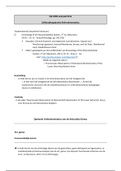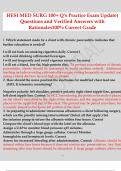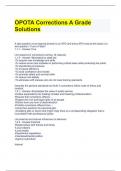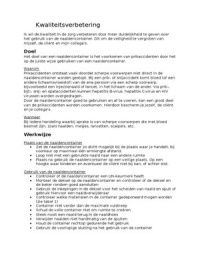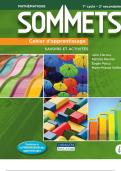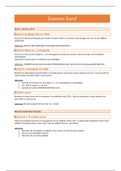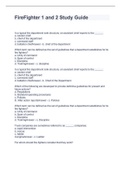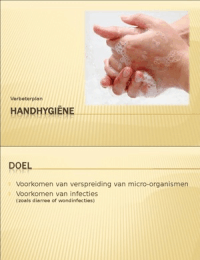Samenvatting
Summary Risk Management
- Vak
- Instelling
Summary of what risks are for the audit context, the difference between business and audit risk as well as how to answer material risk questions. Components of Audit risk are discussed and explained.
[Meer zien]




